
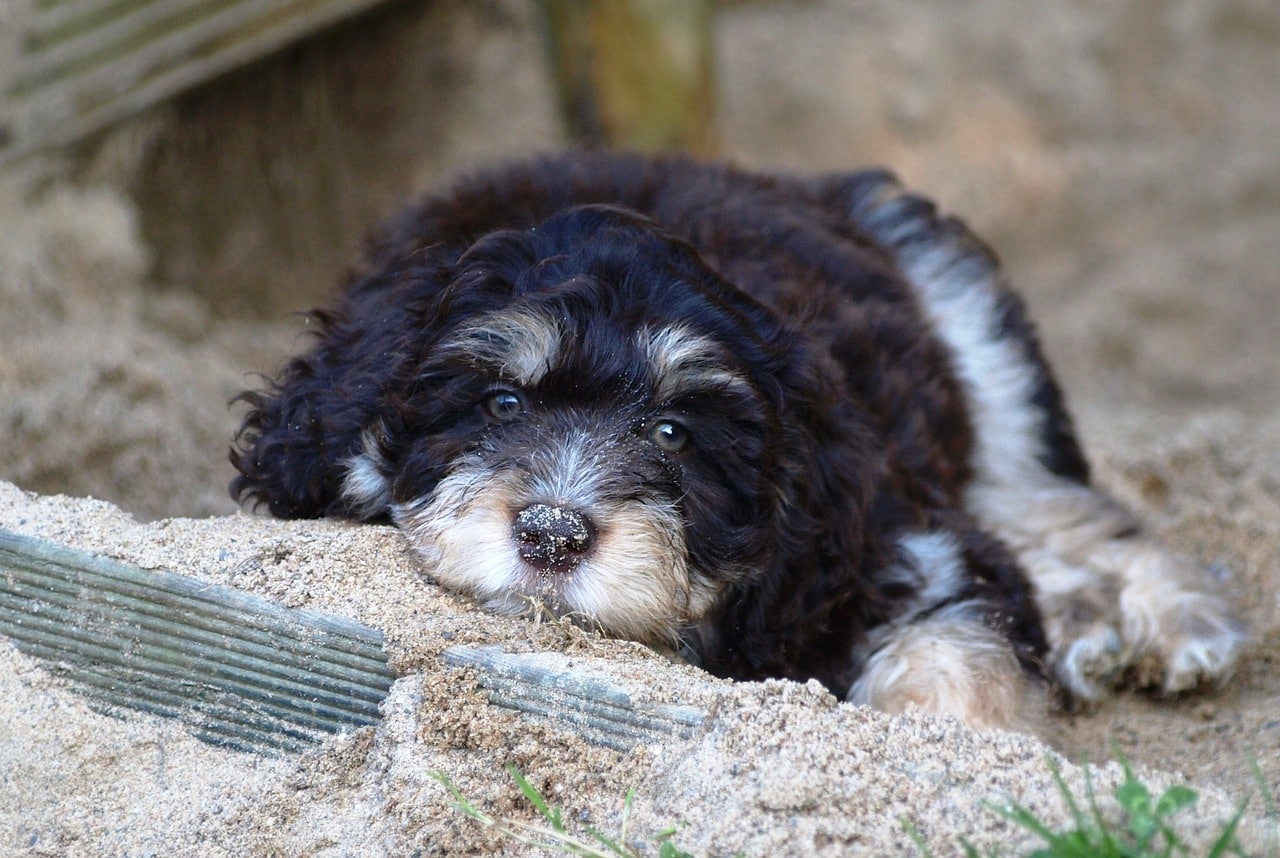
Dogs are famously loyal and loving but have specific preferences and dislikes. While we may think behaviors like hugging, certain training methods, or over-grooming are normal, these can often lead to discomfort or stress for our pets. Recognizing what our dogs don’t enjoy allows us to create a more comfortable, stress-free environment tailored to their needs. We strengthen our bond by respecting their unique preferences and ensuring our furry friends feel safe, loved, and understood. Embracing their dislikes is key to a happier life together.
Hugging Them Tight
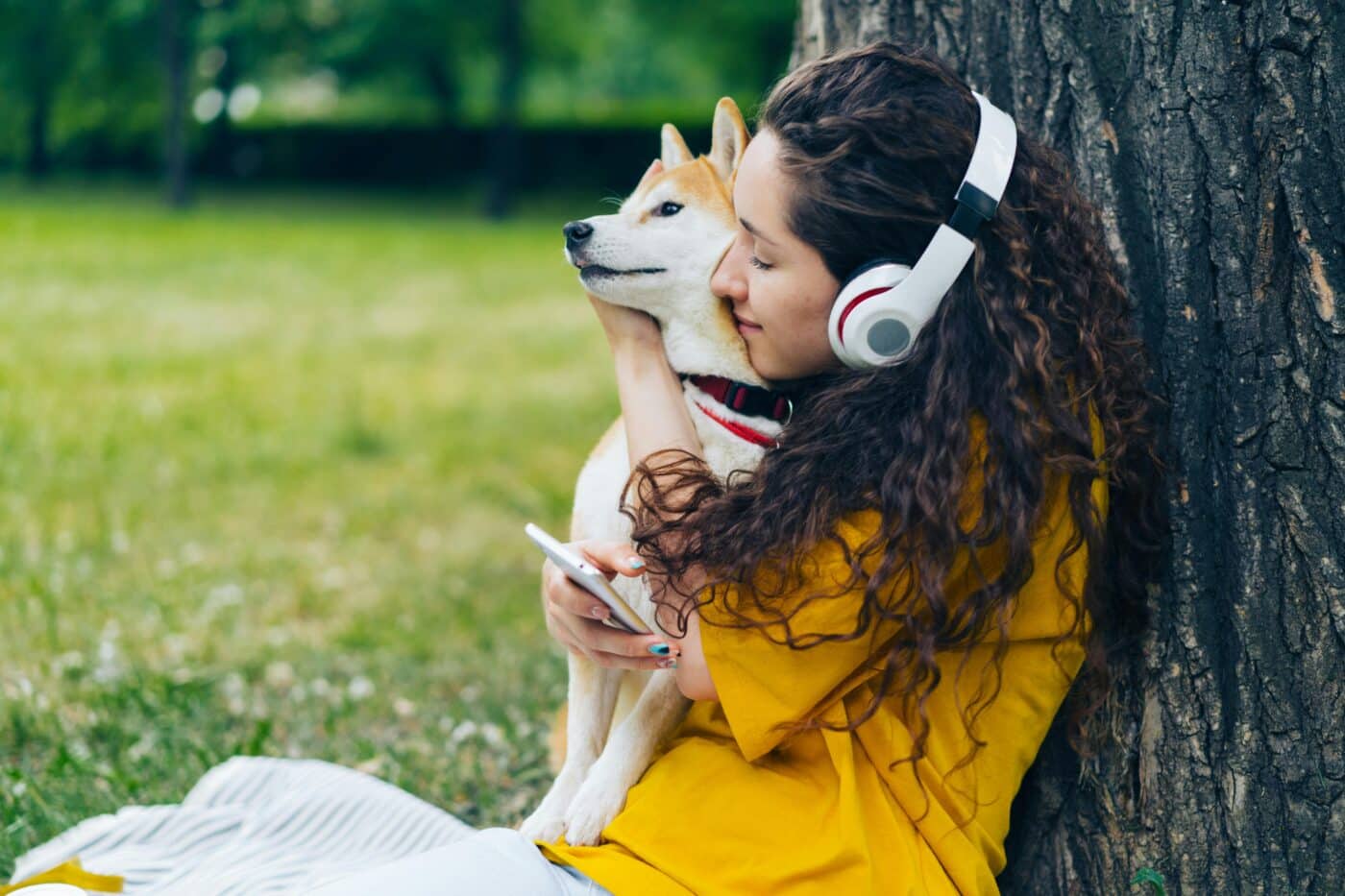
Although hugging might be your natural way of showing affection, many dogs find it uncomfortable or stressful. While some dogs tolerate hugs from their owners, others feel restricted and uneasy, as they interpret being tightly held as a form of restraint. Dogs express affection differently, often through gentle nudges or leaning against you. When we wrap our arms around them, they may feel trapped, which can trigger anxiety. If your dog seems stiff or tries to move away when hugged, they’re likely feeling uneasy. Petting or scratching their favorite spots can be a more comfortable way to show affection.
Staring Directly into Their Eyes
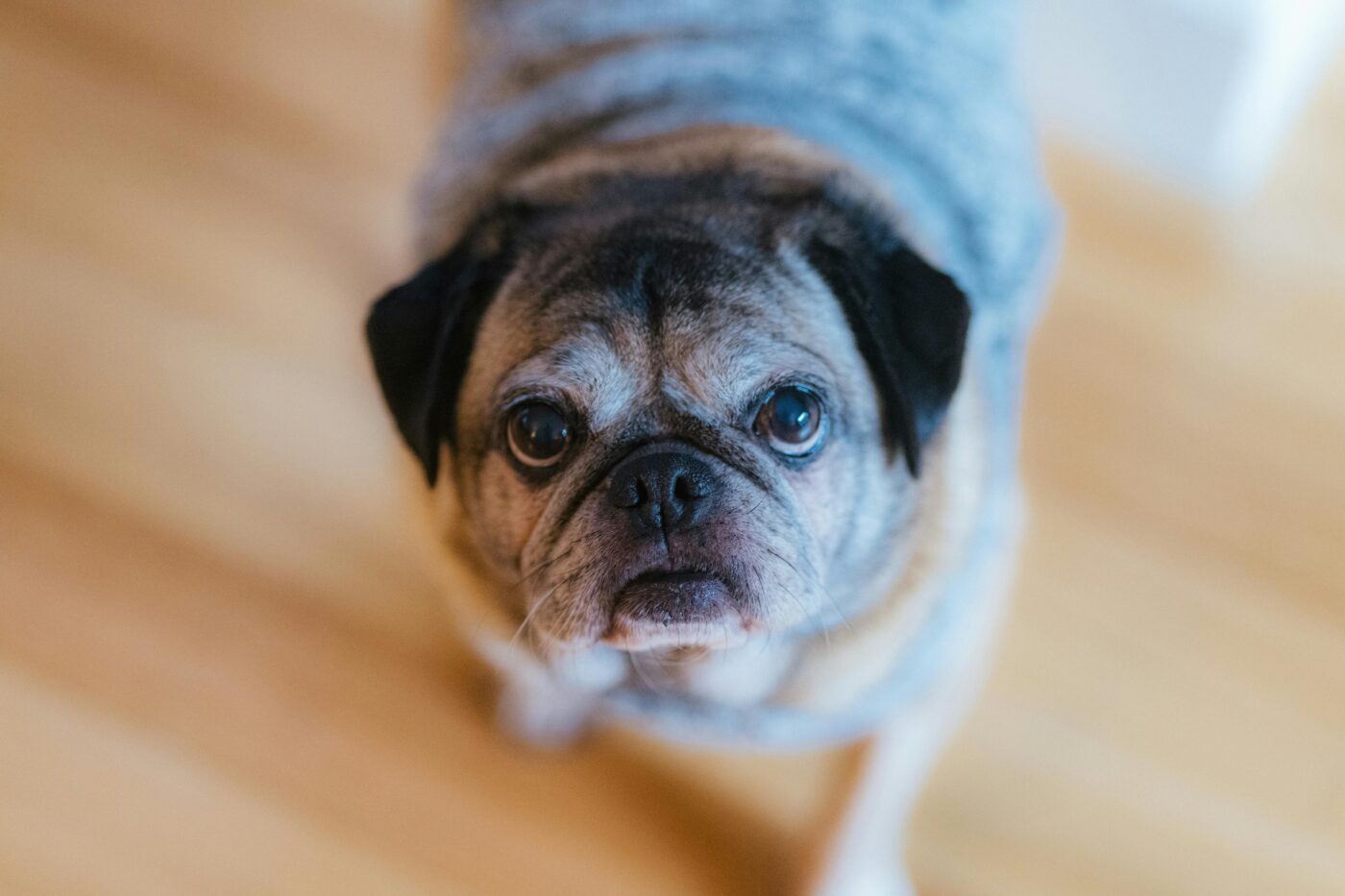
Eye contact is an important form of communication for humans, but direct staring can feel intimidating or even threatening for dogs. Dogs typically interpret prolonged eye contact as a sign of dominance or aggression, so staring at them can make them feel uncomfortable or defensive. While brief eye contact is acceptable, especially with a dog who trusts you, prolonged staring can cause stress. If you want to show affection or connect with your dog, try blinking slowly or offering gentle, reassuring words instead of direct eye contact.
Dressing Them Up
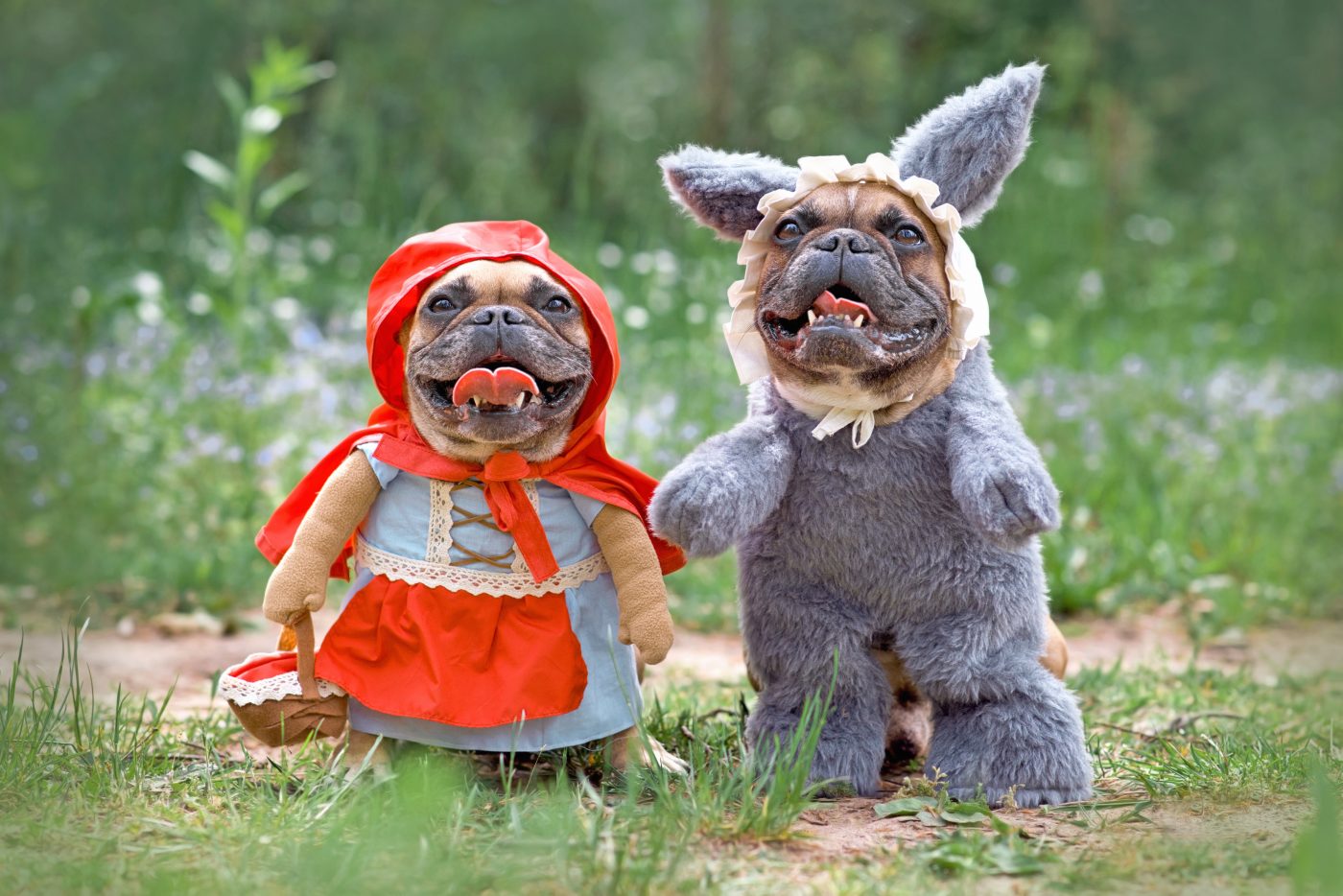
While dog costumes and clothes might look adorable, many dogs don’t like being dressed up. Wearing clothes can make some dogs feel restricted and uncomfortable, as it’s an unnatural sensation for them. Certain breeds with sensitive skin or lots of fur may find clothing itchy or restrictive. While some dogs may tolerate an outfit for a special occasion, paying attention to their body language is essential. If they seem unhappy or try to shake off the clothing, it’s best to let them go natural. Your dog’s comfort should come before any fashion statement.
Yelling or Using a Harsh Tone

Dogs are highly sensitive to tone and body language; yelling or using a harsh tone can make them feel frightened or confused. While dogs respond well to positive reinforcement, negative tones can cause anxiety and weaken the bond between you and your pet. Loud, aggressive tones may make them feel insecure and less likely to respond to commands. Instead, a calm, positive tone can improve communication and reinforce trust. Dogs respond better to encouragement and clear guidance, so using a softer approach can be more effective and keep your dog happy.
Disrupting Their Sleep

Dogs, like humans, value their sleep and rest time, and disrupting it can make them irritable. Whether it’s nudging them awake for a quick cuddle or moving them around during naps, interrupting their sleep can be frustrating for them. Dogs need ample rest for physical and mental well-being; frequent disruptions can lead to stress and irritability. If your dog is resting, it’s best to let them sleep peacefully. A well-rested dog is healthier, happier, and more energetic. Allowing them to sleep undisturbed shows respect for their needs and ensures they stay content.
Forcing Socialization with Other Dogs
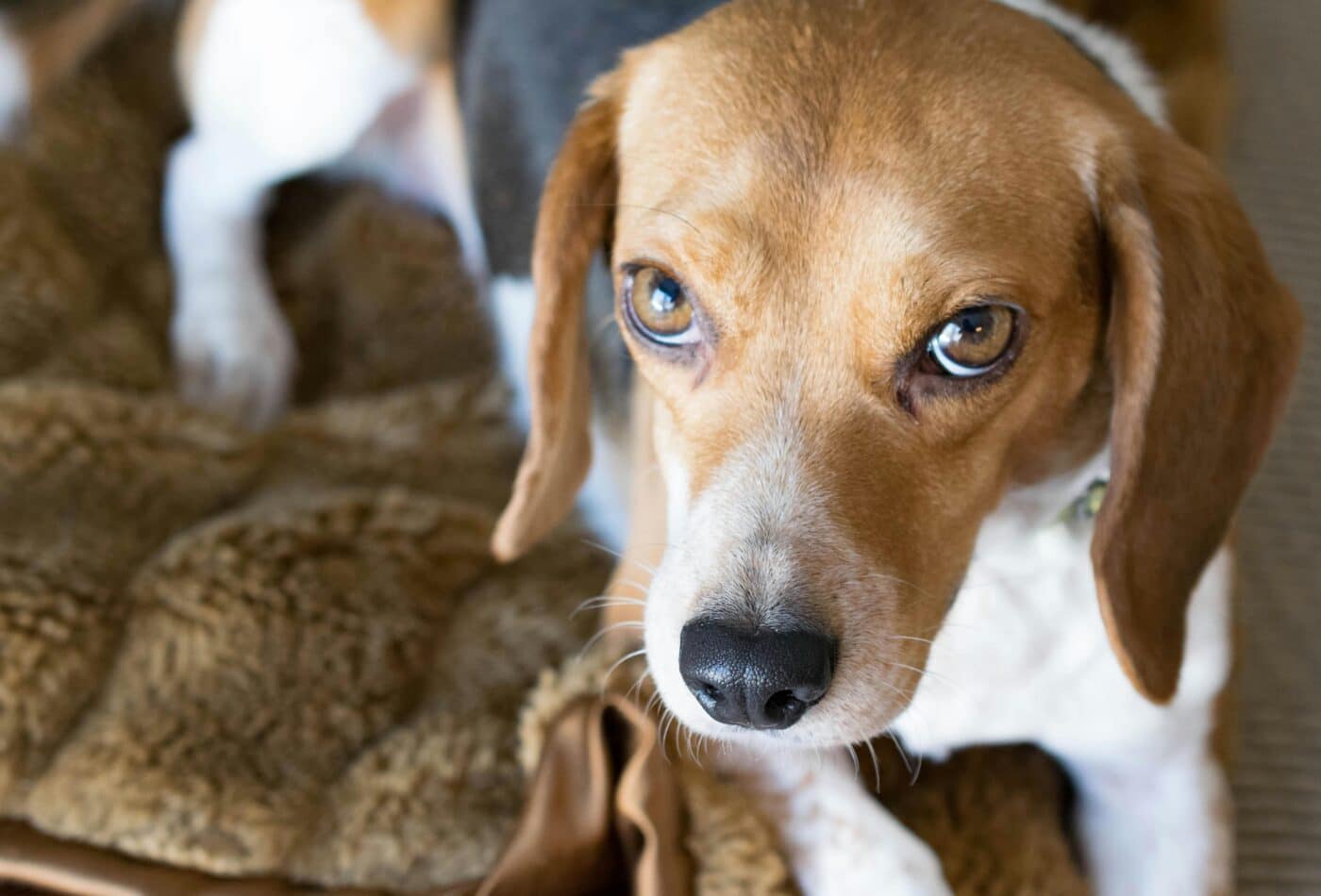
While socialization is important, not all dogs are comfortable around other dogs, especially those they don’t know well. Forcing interactions with unfamiliar dogs can create stress and anxiety, as not every dog enjoys group play or being around other dogs. Each dog has its own comfort level; some prefer solitude or quiet environments. Pushing your dog to socialize can lead to negative experiences and make them wary of new encounters. Respecting your dog’s preferences and recognizing when they need space is essential, helping them feel secure and relaxed in social situations.
Ignoring Their Body Language
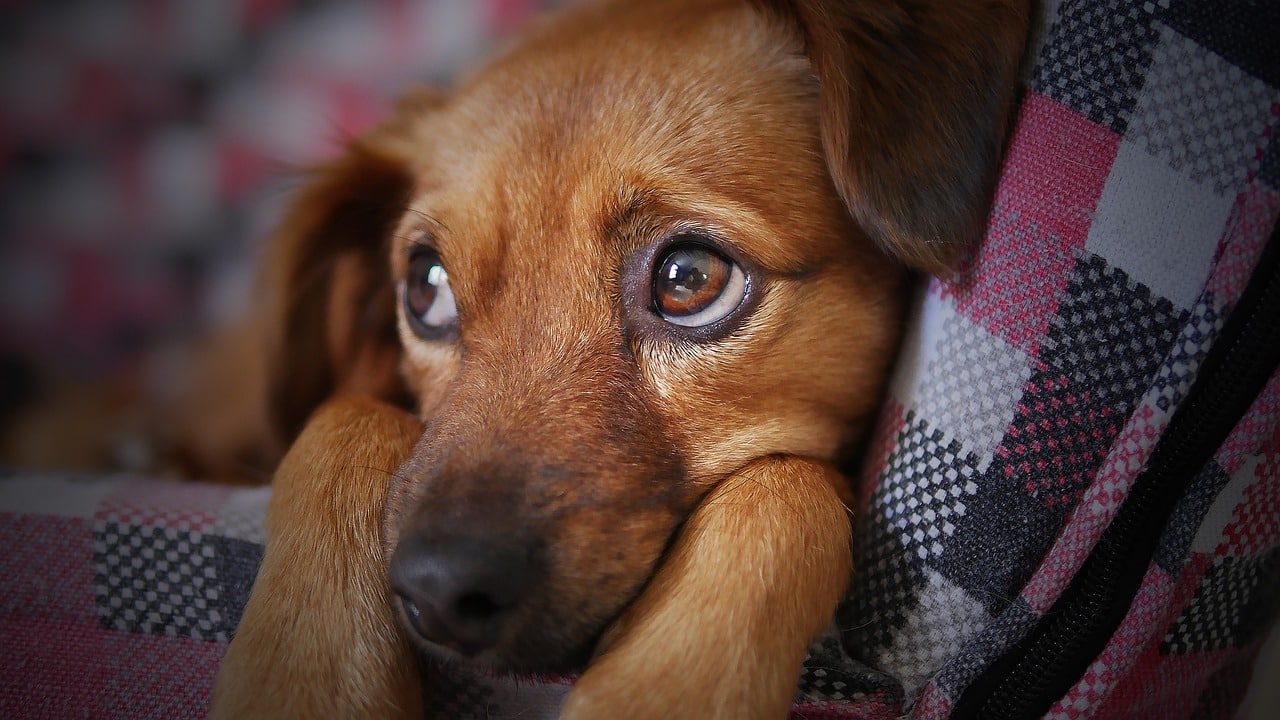
Dogs communicate often through body language, and ignoring these cues can lead to misunderstandings and stress. Signs like a tucked tail, pinned ears, or yawning often indicate discomfort or anxiety, and it’s essential to recognize these signals. Disregarding these cues may make your dog feel unheard or more stressed. Learning to read and respond to their body language strengthens your bond and shows that you respect their feelings. Paying attention to these non-verbal signals helps create a trusting and comfortable relationship where your dog feels safe expressing emotions.
Giving Long Lectures
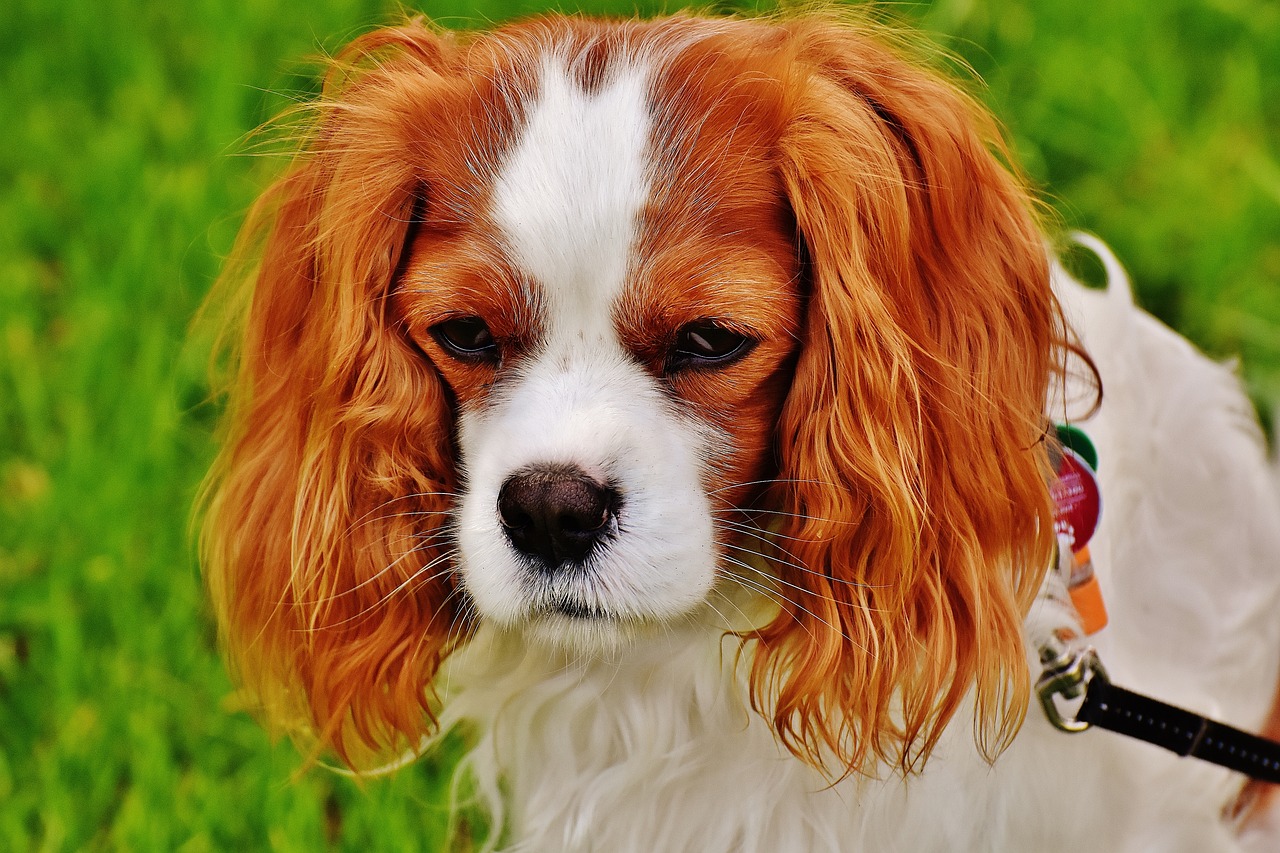
While you may feel inclined to explain things to your dog, lengthy talks confuse them. Dogs understand tone, body language, and short commands, but long-winded explanations only confuse them. They don’t process language the way we do, so “lecturing” them isn’t effective. They respond better to simple, clear commands and positive reinforcement. If you need to correct behavior, keep your instructions brief and use consistent cues. This clarity helps them understand what’s expected and reduces frustration, keeping communication straightforward and effective.
Forcing Eye Drops, Baths, or Other Unpleasant Grooming Tasks
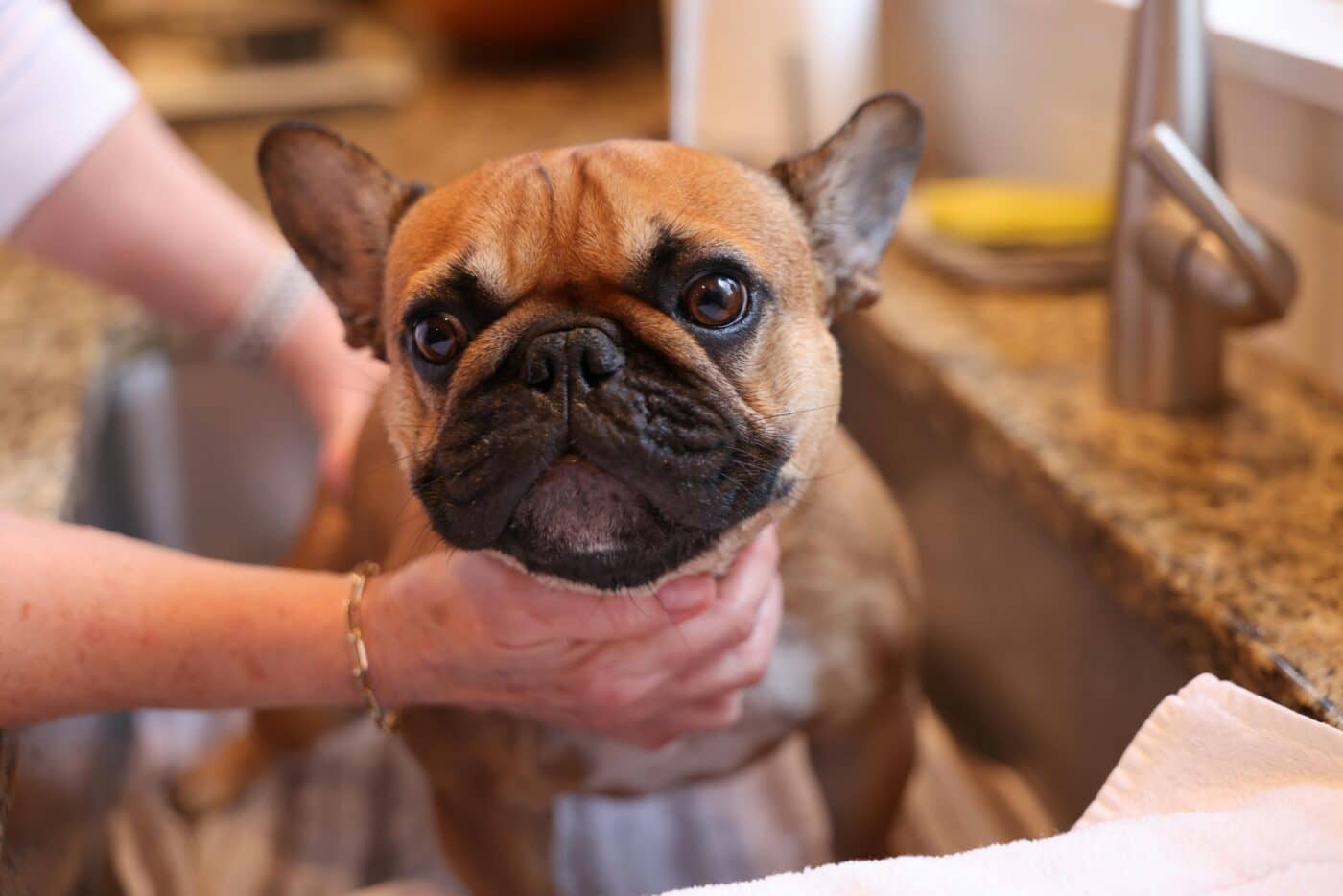
Some dogs are uncomfortable with certain grooming tasks, particularly water, nail clipping, or eye drops. Forcing them through these activities without proper comfort measures can cause stress and anxiety. While grooming is necessary, making the experience as positive as possible—using treats, soothing tones, or taking breaks—can reduce their discomfort. Rushing through unpleasant tasks can make dogs nervous and uncooperative, so taking it slow and showing patience is key. Making grooming a more pleasant experience shows consideration for their feelings and encourages cooperation.
Things Your Dog Wishes You Knew

Understanding your dog’s dislikes helps build a more comfortable and trusting relationship. From respecting their personal space to simplifying communication, recognizing the things that stress them out shows you care about their well-being. While dogs are incredibly loving and loyal, they appreciate owners who understand their unique preferences. Making small adjustments can create a more harmonious environment for both of you. Every wag of the tail and contented sigh is a sign that your dog feels happy and secure, knowing you respect their boundaries and truly understand their needs.
The post 9 Things You Do That Your Dog Hates appeared first on iHeartDogs.com.
